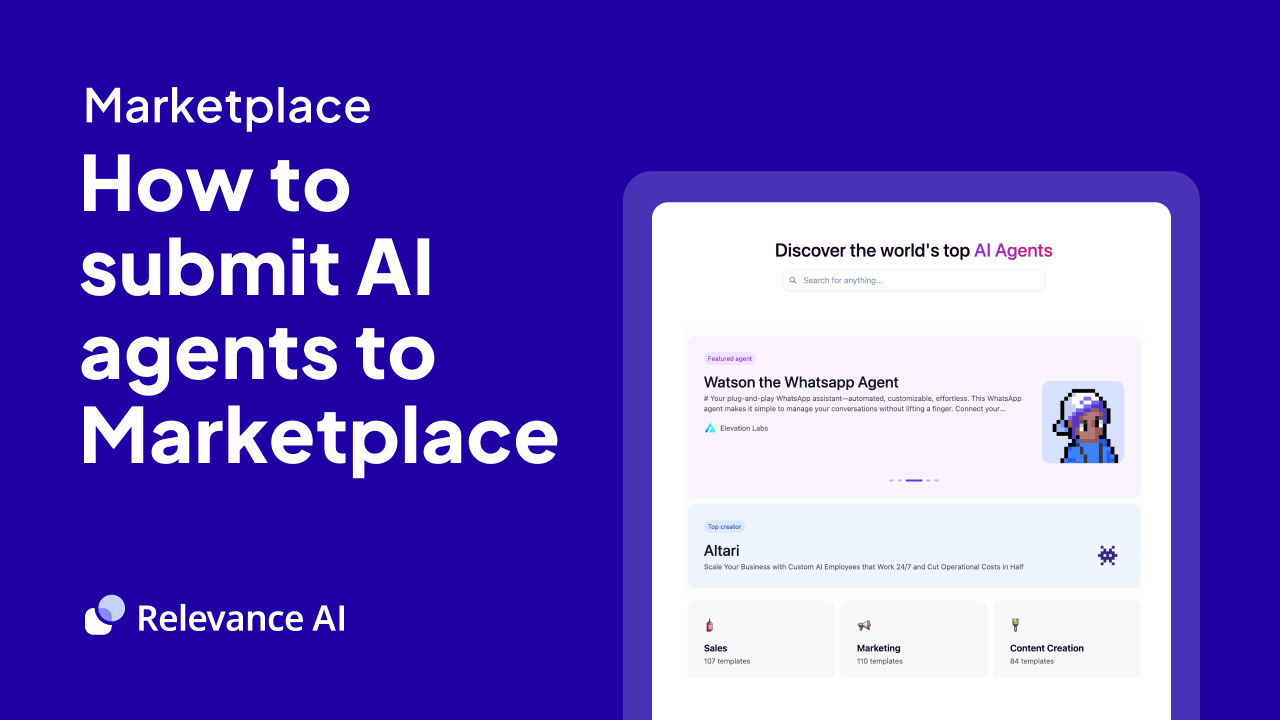Cluster and Categorize Text Data
Overview
How to Use the Cluster and Categorize Text Data Tool
The Cluster and Categorize Text Data tool is an advanced solution for organizing and analyzing large volumes of text data. This powerful tool employs sophisticated machine learning algorithms to automatically group similar text entries and identify meaningful patterns, making it invaluable for content analysis, customer feedback categorization, and market research applications.
Step-by-Step Guide to Using Cluster and Categorize Text Data
1. Setting Up Your Database Connection
First, ensure your knowledge table is properly configured. The tool connects to your database using the db_name parameter, which by default points to "knowledge:sc_training_value_prop_farm". You'll need to specify which text field contains the data you want to analyze using the text_field parameter.
2. Configure Clustering Parameters
Next, determine how many distinct categories you want your data grouped into. Set this using the n_clusters parameter, which must be at least 2. The default setting of 30 clusters works well for most applications, but you can adjust this based on your specific needs and data volume.
3. Data Processing and Analysis
Once configured, the tool begins its analysis by retrieving your text data and preparing it for clustering. The sophisticated BGEM3FlagModel transforms your text into numerical representations (embeddings) that capture the semantic meaning of each entry.
4. Cluster Generation and Theme Identification
The tool then applies the KMeans clustering algorithm to group similar texts together. After forming these clusters, it automatically identifies a theme for each group, providing you with meaningful labels that describe the content within each cluster.
5. Review the Results
Finally, examine the comprehensive report generated by the tool. This report includes:
- The theme of each cluster
- The number of entries in each cluster
- Representative examples from each group
Maximizing the Tool's Potential
Iterative Refinement: Start with a larger number of clusters and gradually reduce them based on the themes identified. This helps you find the optimal balance between granularity and meaningful categorization.
Cross-Analysis: Use the identified themes to track trends over time or compare different datasets. This can reveal valuable insights about how topics and patterns evolve in your data.
Theme Validation: Review the examples provided for each cluster to ensure the automated themes accurately represent the grouped content. This human oversight helps maintain quality and relevance in your analysis.
Custom Field Analysis: Experiment with different text fields in your database to discover various patterns and relationships within your data. This flexibility allows for multiple perspectives on your dataset.
How an AI Agent might use this Text Clustering Tool
The Cluster and Categorize Text Data tool is a sophisticated solution for AI agents tasked with making sense of large volumes of textual information. This powerful clustering tool transforms unstructured text data into organized, meaningful categories, enabling agents to extract actionable insights efficiently.
Content Analysis and Strategy
An AI agent can leverage this tool to analyze customer feedback or product reviews, automatically grouping similar sentiments and identifying prevalent themes. This deep understanding helps businesses adapt their products or services based on clear patterns in customer responses, rather than individual comments.
Knowledge Base Organization
For AI agents managing extensive knowledge bases or documentation libraries, this tool excels at automatically organizing content into logical categories. By processing thousands of articles or documents simultaneously, it creates an intuitive structure that makes information retrieval more efficient and user-friendly.
Market Research and Trend Analysis
The tool's clustering capabilities enable AI agents to process vast amounts of market data, social media conversations, or industry reports. By identifying emerging patterns and grouping related discussions, agents can provide businesses with valuable insights into market trends, consumer behavior, and competitive positioning. The tool's ability to handle large datasets and generate themed clusters makes it particularly valuable for strategic decision-making.
Use Cases for Text Clustering and Categorization Tool
Customer Feedback Analysis Manager
For customer feedback managers, this clustering tool transforms overwhelming volumes of customer feedback into actionable insights. By processing thousands of customer comments, reviews, and survey responses, the tool automatically groups similar feedback themes together, revealing patterns that might otherwise remain hidden. For instance, if you're managing feedback for a software product, the tool could cluster user comments into distinct categories like 'UI/UX Issues', 'Performance Concerns', and 'Feature Requests', making it significantly easier to prioritize product improvements and allocate development resources effectively. The ability to process large volumes of text data and automatically identify themes eliminates the need for manual categorization, saving countless hours of analysis time.
Content Strategy Director
Content strategy directors can leverage this tool to analyze vast content libraries and uncover content gaps and opportunities. By clustering existing content pieces, the tool reveals dominant themes and underserved topics in your content ecosystem. For example, if you're managing a healthcare website's content strategy, the tool might cluster articles into categories like 'Preventive Care', 'Treatment Options', and 'Recovery Stories', helping identify areas where content coverage is thin or missing entirely. This systematic approach to content analysis ensures a more strategic content development plan, enabling data-driven decisions about future content investments and helping maintain a well-balanced content portfolio that serves all audience needs.
Market Research Analyst
Market research analysts can transform their research efficiency by using this clustering tool to process open-ended survey responses and market feedback. Rather than manually coding hundreds or thousands of responses, the tool automatically groups similar responses together, revealing market trends and consumer insights. For instance, when analyzing feedback about a new product launch, the tool might cluster responses into categories like 'Price Perception', 'Product Quality', and 'Competitive Comparison', providing a structured framework for understanding market reception. This automated approach not only saves significant time but also helps eliminate human bias in the categorization process, leading to more objective and reliable market insights.
Benefits of Cluster and Categorize Text Data
Automated Pattern Discovery
The Cluster and Categorize Text Data tool revolutionizes the way organizations handle large volumes of unstructured text. By leveraging advanced machine learning algorithms like KMeans clustering and BGEM3FlagModel embeddings, it automatically uncovers hidden patterns and relationships within text data that would be impossible to identify manually. This capability transforms raw text into actionable insights, saving countless hours of manual analysis.
Intelligent Theme Identification
One of the tool's most powerful features is its ability to automatically identify and assign meaningful themes to text clusters. Using sophisticated prompt-based analysis, it goes beyond simple grouping to provide contextual understanding of each cluster's content. This intelligent categorization enables teams to quickly grasp the key topics and trends within their text data, making it invaluable for content analysis, customer feedback processing, and market research.
Scalable Data Organization
The tool's flexible architecture allows it to handle text datasets of any size, automatically organizing them into a user-specified number of meaningful clusters. The comprehensive reporting system provides clear visibility into cluster sizes, themes, and representative examples, making it easy to navigate and understand large text collections. This scalability makes it an essential tool for organizations dealing with growing volumes of text data across multiple sources and formats.






































